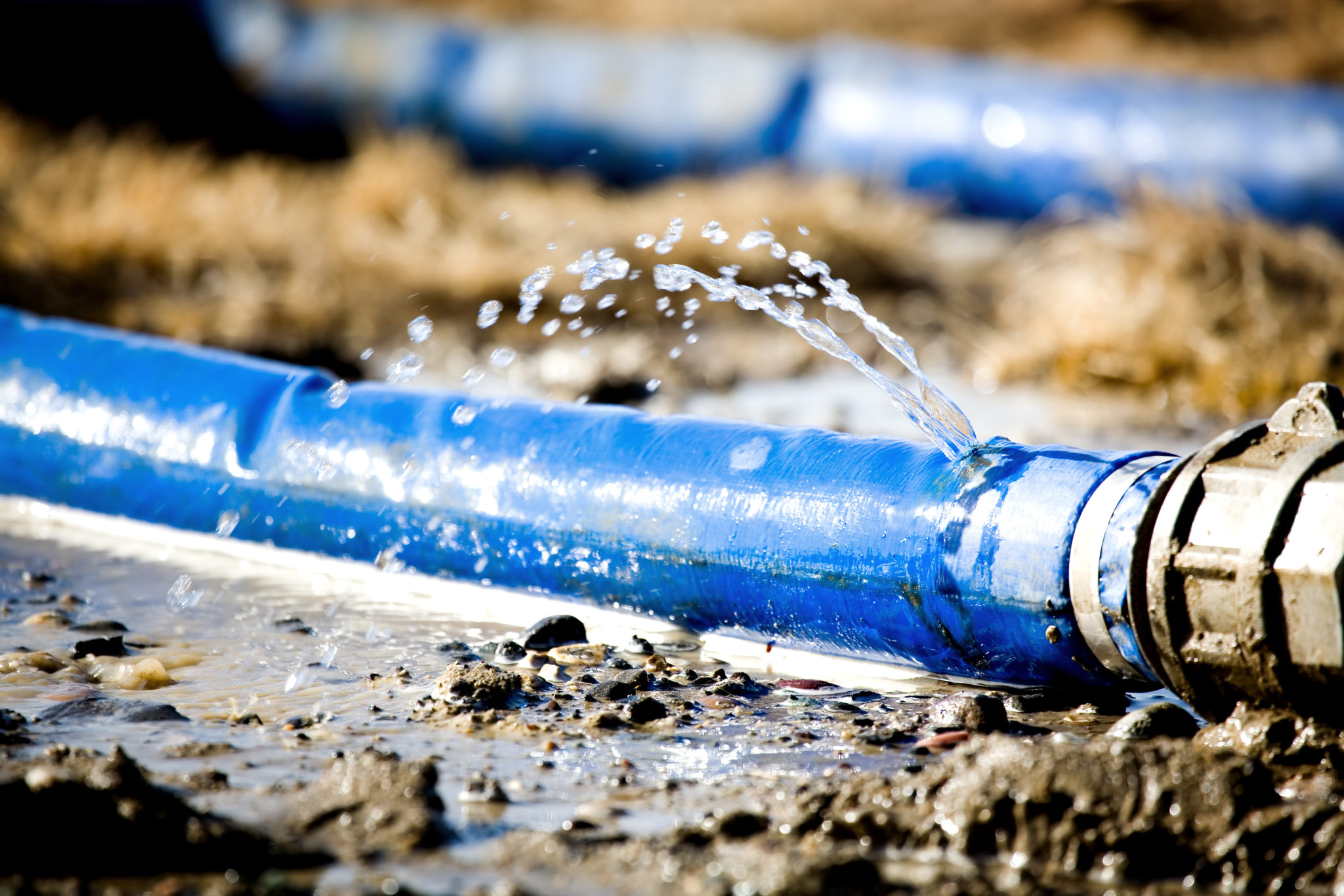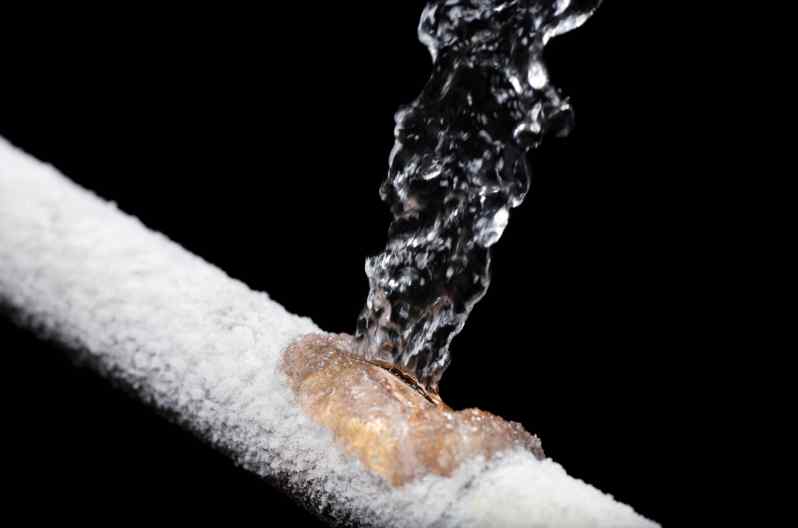Your Important Guide to Effective Septic Tank Maintenance
Your Important Guide to Effective Septic Tank Maintenance
Blog Article
On this page in the next paragraph you can get a good deal of extremely good tips around What You Should And Shouldn’t Do When Dealing With Water Damage.

What should you do if a water pipeline ruptureds in your home? The longer you wait, the much more severe the damage that can take place to your building. For these factors, you need to learn how to act in the occasion of a ruptured water pipeline.
Turn off the Main Waterline Shutoff
The first thing to do? Close the shut-off valve. Look for the neighborhood shut-off shutoff to shut off the water in one details area only. If you do not recognize where the localized shut-off shutoff is, choose the primary water line shutoff as well as turn it off. This action will remove the water promptly in your whole residence. Normally, the primary valve is located outside the house next to the water meter. If it's not there, you can additionally discover it in two areas: in the basement at eye level or the first floor on the ground. Typically, home builders put the shut-off shutoff in the main ground level washroom or best alongside it.
Call Water Damages Restoration Pros for Assistance
After shutting the water resource, call the specialists for aid. With their expert help, you can avoid a lot larger water damage consisting of deformed baseboards, loose floor tiles, or damaged structures.
Paper the Damages For Insurance
While you're waiting for the pros to arrive, get some documentation of the damage caused by the wayward pipeline. Do close-up shots of the harmed places and also prized possessions.
Salvage Points That Can Be Conserved
Take a look at the damaged products and take out the most important ones from the stack as soon as you're done taking images. Dry them off in a dry/warm location away from the damaged area and also attempt to protect them as long as you can. Drag as much moisture as you can to the product so it can start to dry.
Begin the Drying Process
You need to start the drying procedure asap. The good news is, the water from your waterlines is already tidy so you do not have to worry about sewage system water. The streaming water may have disrupted the dust and debris in your floorboards as well as carpets. In this instance, placed some gloves on and begin some damage control. Usage containers to dump out the water. Remove as much water as you can from the surface areas with old towels. Switch on an electric follower or open your home windows to promote air circulation. These actions will certainly hasten to completely dry and deter mold and mildew and mildew development.
Experts are the only individuals qualified to examine correctly as well as deal with the burs pipes as well as succeeding damage. They typically offer silent red flags like bubbling paint, water discolorations.
What should you do if a water pipe bursts in your home? For these factors, you need to discover just how to act in the event of a burst water pipeline. After closing the water source, call the experts for assistance. With their specialist aid, you can stop a lot bigger water damage including distorted walls, loosened tiles, or damaged frameworks. The good news is, the water from your waterlines is already clean so you don't have to stress concerning sewer water.
Tips for preventing water damage at your business
Insulate exposed pipes
When temperatures drop during the winter, especially at night, exposed pipes are vulnerable to freezing. Plummeting temperatures or cold drafts can freeze water inside a poorly insulated pipe, creating pressure and ultimately causing the pipe to burst. A broken pipe can lead to costly flooding or even structural damage.
The best way to prevent frozen pipes is to ensure they’re insulated. Most hardware stores carry pipe insulation. The more insulation you use, the better protected your pipes will be.
Keep heat at sufficient levels
To prevent pipes from freezing, you’ll want to keep an eye on your business’s thermostat. Make sure the thermostat is never set lower than 50 degrees – even on weekends or when the building is vacant. Avoid significant changes between nighttime and daytime temperatures, which increases the risk of your pipes freezing. In addition, be sure to regularly replace batteries in thermostats to ensure they’re operating correctly.
Clear your roof
Snow and ice accumulation on your business’s roof can result in weakened roofing materials and create “ice dams,” which prevent melted ice and snow from properly draining. Regularly remove snow and ice from your business’s roof to prevent structural damage. Know your roof’s load-bearing capacity, and periodically check to ensure that snow and ice aren’t accumulating beyond its weight limits.
Seal cracks and gaps
Seal any cracks, holes, or other gaps in your building’s exterior and foundation to ensure that cold air doesn’t penetrate your building and warm air doesn’t escape. Caulk, weather stripping, and other sealants can be used to make your building more energy efficient and reduce the risk of frozen pipes.
Keep track of valuable items
Knowing the value of items in your building will help you replace them in the event they’re damaged by a water-related incident. If there’s a risk of flooding, move valuable items from the floor of your business – as long as you don’t put yourself at risk. If flooding does occur, you’ll need to ensure that the building has been safely evacuated and that all employees and customers are able to get to higher ground as soon as possible.
Protect your business with insurance
It’s important to have adequate insurance in place in the event that you do experience water or freezing damage. When it comes to small business insurance, the details of your coverage matter.
Many commercial property insurance policies will cover the cost of pipe breakage but will exclude damage from flooding, groundwater, and backed-up sewer lines. Your insurer will likely look at the source of the water damage when you make a claim and decide whether you’re covered. You can ask your insurer to add a rider, or an endorsement, to your policy to extend coverage to hazards that are excluded from your policy to ensure your business is protected.
https://www.insureon.com/blog/tips-for-preventing-water-damage-at-your-business

We are very taken with Water Damage: Tips On What To Do When Your House Is Flooded and I am hoping you appreciated the blog entry. So long as you appreciated our blog entry kindly be sure to pass it around. Thank you for your time. Kindly pay a visit to our blog back soon.
Report this page